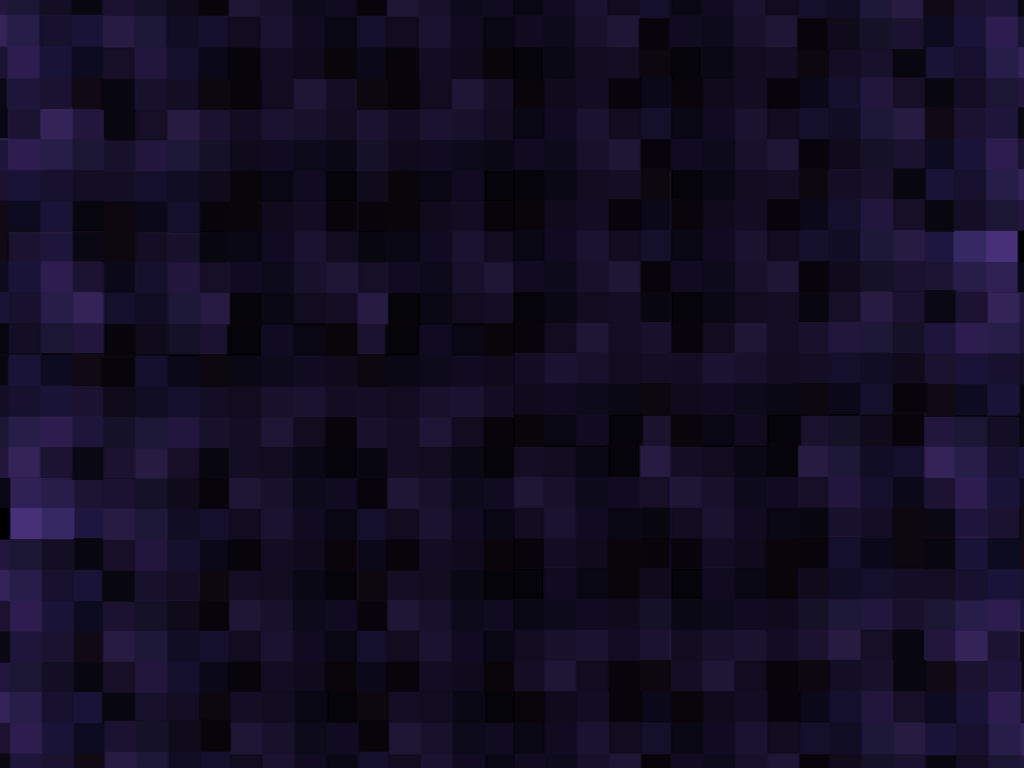Fenley Dancers at the Joyce
Anna Kisselgoff, The New York Times
November 13, 1985
TOO much of a good thing -that was the impression one carried away from the opening of Molissa Fenley and Dancers last night at the Joyce Theater.
Miss Fenley and her dancers are all splendid and they shoot through her speeding freeway rhythms or slinking aquatic flow - depending what is needed - with the impact and impetus that have made this company one of the most exciting on the experimental dance scene.
Yet there are two premieres on the program in addition to an earlier excerpt - and the second new work carries on too long in a self-imposed restricted movement range for us to keep appreciating the value of dancing that seemed so original an hour before.
For Miss Fenley is very much an original. Since 1979, she has shown us a high energy way of moving that epitomizes the spirit of our times and she has, as in ''Hemispheres,'' her 1983 collaboration with the composer, Anthony Davis - in the Brooklyn Academy of Music Next Wave Festival - produced a theatrical ritualism that has a primal thrust.
The two new works, ''Cenotaph'' and ''Esperanto'' are in a more lyrical style. ''Cenotaph,'' just the right length, is another Fenley success. Unlike other choreographers who started out with repetitive ''pattern'' dances, Miss Fenley here delivers movement and floor patterns that are unpredictable as we watch them. The trajectories taken onstage by the five women in the company - including the change in speed at which they travel - are responsible for the choreography'ss stunning kaleidoscopic effect.
The commissioned score is by the American experimental composer, Jamaaladeen Tacuma (''Cenotaph'' was commissioned by the Jacob's Pillow Dance Festival and the Massachusetts Council on the Arts and Humanities). Donna Farina has costumed the barefoot women in black tights and black cut-out tops. These are ''liberated women'' togs and as Miss Fenley and Scottie Mirviss first face us, they begin to move with a relaxed freedom, free of the music's steady beat as they curve their bodies and push their palms out, swing their legs up or snap into momentary flex-footed arabesques.
A fascinating structural motif comes into play - each dancer seems to sneak up to the other in understated canon, even the movement they perform is not exactly the same. The music grows denser, adding texture to the beat. The movement always takes on an original shape and as the two dancers join hands, a third, Silvia Martins - whirls in lateally, whipping her hands across her face and sharply contracting her torso. The music takes on a jazzier tone, the dancers increasingly jump and turn as they intersect. The same curvy flexible torso is seen in the final two dancers, Jill Diamond and Elizabeth Benjamin whose entrance gives the dancing a more ritualistic cast. And suddenly the music, always unpredictably rich itself, bubbles to a stop and the dancers all face us and offer a stylized bow, one flexed leg raised in back.
Miss Fenley was reportedly concerned with creative and destructive impulses as a theme here - a cenotaph is a monument to war dead killed in another place.
Similar information is conveyed about ''Esperanto'' which received its world premiere on this occasion and that is supposed to fuse animal and human imagery. In any case, Miss Fenley;s music was written, if that is the word, by a Japanese pop composer, Ryuichi Sakamoto, who also acted with David Bowie in the film, ''Merry Christmas, Mr. Lawrence.'' How much the choreographer's inspiration comes through is debatable in either premiere - although ''Esperanto'' reflects Miss Fenley's typical affinity for certain forms of Asian dance - the five dancers' postures often recall those of Indian classical dancers.
The result however is not an Esperanto of the dance, nor are the words (''Un Deux Trois'') or vocal fragments in the taped score that seems ignored rhythmically by the dancers much help. There is an undulating shape to the dancing, with a swiveling dynamic.
The sound often resembles a radio shut on and off until suddenly after perhaps too much repetition, the curtain comes down and rises again to show a trio in white leotards, without the slit skirts and bodies by Jean Paul Gaultier that were worn earlier. As Miss Fenley, Miss Mirviss and Miss Martins seem to swim through the movement and the musically haze, ''Esperanto'' reaches an unexpectedly peaceful resolution. ''Second Sight'' Miss Fenley's solo from the 1982 ''Eureka'' completed the program. Gary Mintz did the excellent lighting.
The Program CENOTAPH (New York Premiere), choreography, Molissa Fenley; music, Jamaaladeen Tacuma; costumes, Donna Farina; lighting, Gary Mintz. WITH: members of the company. ESPERANTO (World Premiere), choreography, Molissa Fenley; music, Ryuichi Sakamoto; costumes, Jean Paul Gaultier; lighting, Gary Mintz. WITH: members of the company. Presented by Molissa Fenley and Dancers at the Joyce Theater, 175 Eighth Avenue at 19th Street.
Walker Art Center
April 27-September 8, 2024
Click here for details
Marble House Project
May 28-June 18, 2024
Click here for details
Chautauqua Institution
August 17, 2024, 8:15pm
Click here for details
Redwood Park (Part 1)



